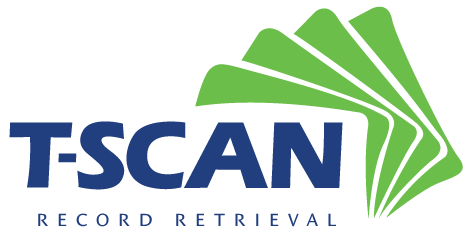In the July 2015 Edition of Claims Magazine, Fig Gungor published a column "You've Been Served: How to Process Subpoenas for Claims Files" advising claims professionals how to best respond to record subpoenas.
Using a subpoena to gather records or information is a very powerful process that will demand the attention of the custodian. The piece was full of sound advice, discussed the pros & cons of establishing a formalized system to manage workflow as well as practical steps necessary to comply with the court order.
Not everyone is aware that a few record retrieval companies offer an effective subpoena business line/process to retrieve records from third party custodians. These product lines facilitate a partnership with legal (house or panel) and are typically reserved for litigated claims. The critical component of the service offering is the coordination of the subpoena effort due to the involvement of both claims & legal professionals:
- The subpoena process is a very powerful tool (especially with a non-responsive party).
- Vendors can express when a party is being difficult or non-responsive but the claim/legal team ultimately decides when a subpoena is the best course of action.
Once the subpoena process is agreed upon, then record retrieval companies can...
- Provide order management to accommodate the busy schedule of claims & legal professionals.
- Draft any of the documentation “required/preferred” and share with in-house/panel counsel for review and signature.
- Serve subpoenas according to state laws and regulations.
- Assist in assuring compliance from the served party.
However many record retrieval companies choose not to offer the service (or do it poorly) because it’s dynamic, it needs to be customized and the process needs to be reasonably flexible. On the other hand a select few excel in the complexities of record retrieval subpoena process. There is a substantial amount of jurisdictional requirements as well as organizational preferences that a record retrieval company must be able to respond to. It is not uncommon to have two law firms in operating in the same jurisdiction, contracted by the same claims organization to have justifiably disparate preferences that are not accommodated by a "one size fits all" approach. For a claims organization to realize the benefits of the subpoena process they must select the right vendor.
The right vendor will effectively provide the claims organization (in conjunction with legal):
- The power and responsiveness of the subpoena process.
- Well priced itemized services. (versus billable hourly rates)
- The right amount of flexibility to accommodate various jurisdictional as well as firm to firm preferences.
- The right amount of standardized process to facilitate compliance, reporting and transparency.
How We Can Help You
T-Scan is committed to helping insurers improve their cycle times and free up their internal resources. We’ve already made a difference in many companies. If you think your company can benefit from speeding up its record retrieval, let's talk about how we can help.
If you’d like to discuss how we can help you manage records for your cases, contact our team today.









 1-800-285-1507
1-800-285-1507 info@tscan.biz
info@tscan.biz.png)